
Breastfeeding and Thrush
Thrush is a fungal infection caused by Candida albicans and it may affect breasts of breastfeeding mothers as well as the baby's mouth.
All people are carriers of the fungus. This fungus represents a normal part of our digestive system. However, every now and then the fungus may start to multiply uncontrollably and cause infection. Breasts and baby's mouth when breastfeeding represent a highly suitable environment for thrush because the fungus thrives in warm, moist, sugary places. Thrush infection can be transmitted from baby's mouth to mother's nipples and vice versa.
How to Recognize Thrush?
The most common signs of thrush in breastfeeding women include cracked nipples that do not heal, pink/red shiny nipples with white areas on the folds and sore nipples particularly after a period of pain-free breastfeeding (the pain intensifies during breastfeeding and may linger up to an hour after the baby has been fed). Furthermore, thrush may be responsible for itchy nipples and an increase in their sensitivity. Some women complain about burning sensation in the nipple area. In some cases women may suffer from thrush although they do not have any symptoms at all (asymptomatic thrush).
In case of oral thrush in babies the oral cavity, particularly the tongue, is covered with white patches that resemble milk curds. If these patches are gently rubbed with a clean finger they can be removed and this leaves the underlying raw and red mucous membrane. The baby may show additional signs such as unsettlement and may pull away from the nipple during breastfeeding. Thrush may pass through digestive system of a baby to his/her bottom and cause nappy rash. This rash is very sore and develops in a form of red spots. The rash usually takes time to heal.
How To Deal with Thrush and Eradicate It?
The woman should visit her physician and take her baby to a well experienced pediatrician. Only medical professional may recommend most suitable treatment for thrush. It is essential to treat both, a mother and a baby at the same time.
Patients are usually prescribed an antifungal medication such as miconasole or nystatin. The first drug is much more effective than the second one. Furthermore, the pediatrician may prescribe some medications for the baby.
Thrush may need a few weeks to cure completely even though the pain usually withdraws several days after the onset of the treatment. In case the infection has spread inside the breast a woman is prescribed oral antifungal medications. Additional measures in treatment of thrush include cleaning of all toys, dummies and breast pump parts in boiling water after each use. These measures prevent recurrence of the infection.


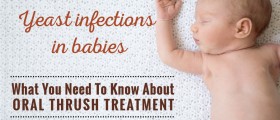
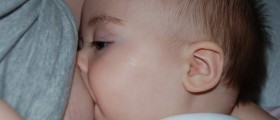
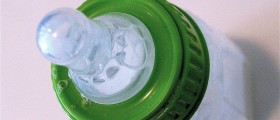
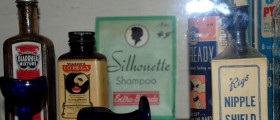

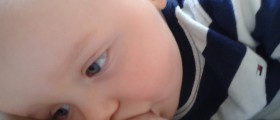

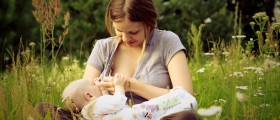

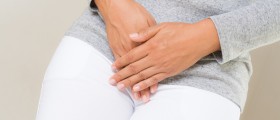

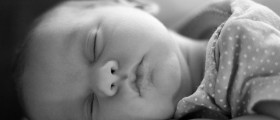
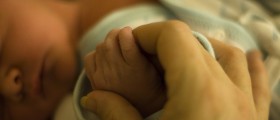

Your thoughts on this
Loading...